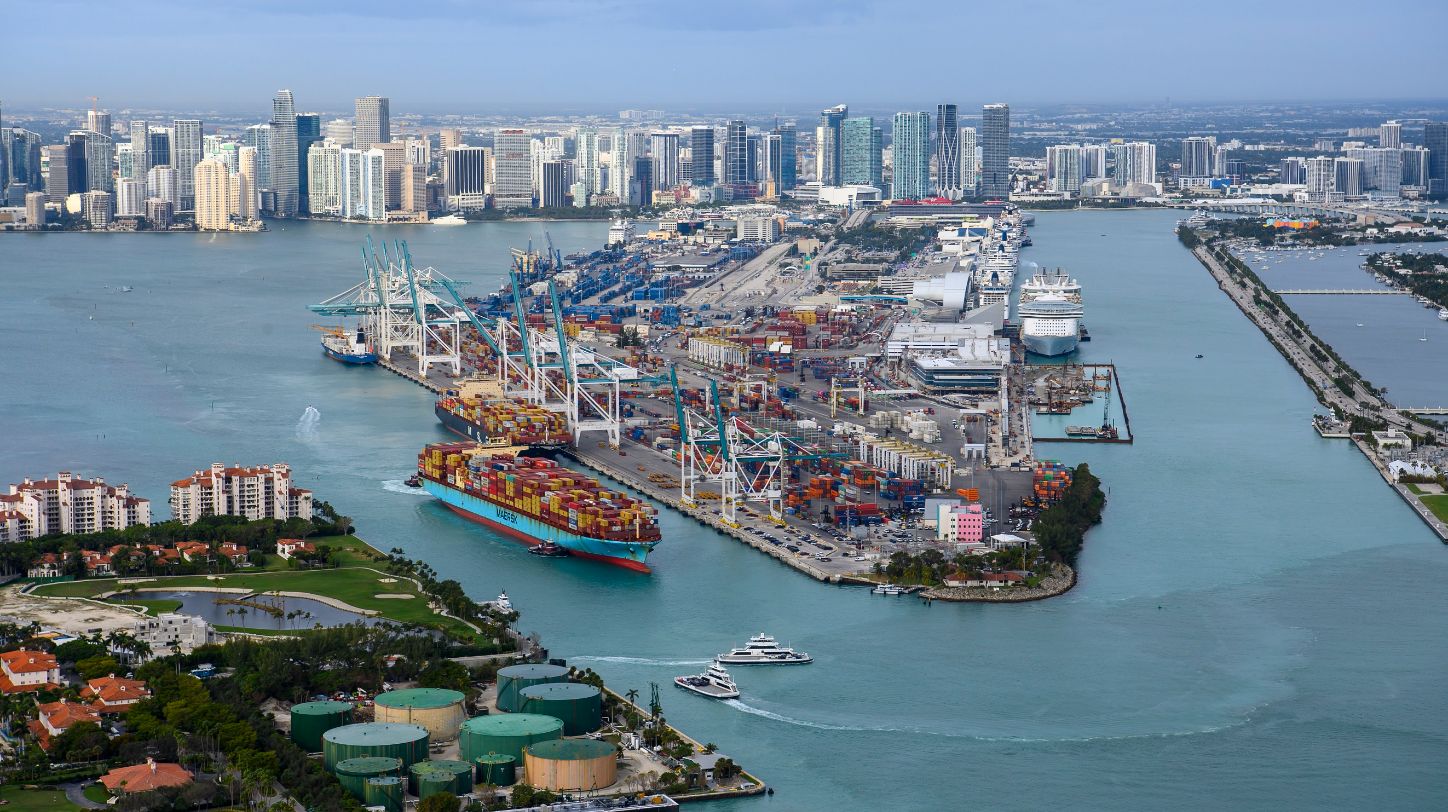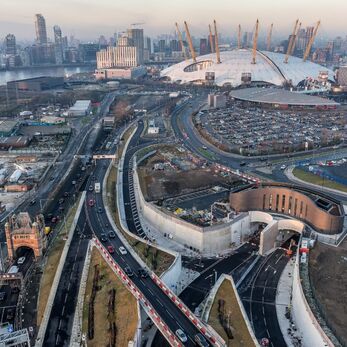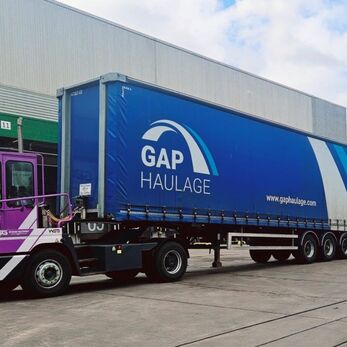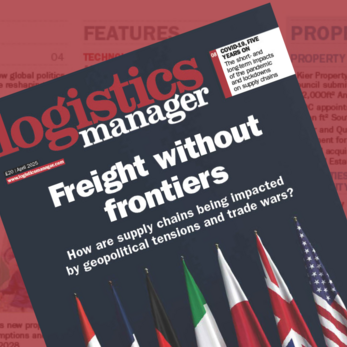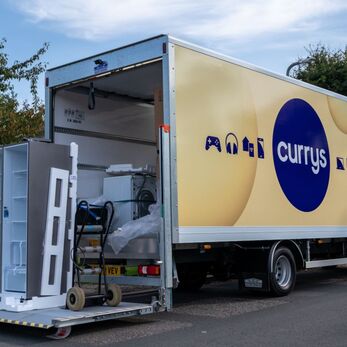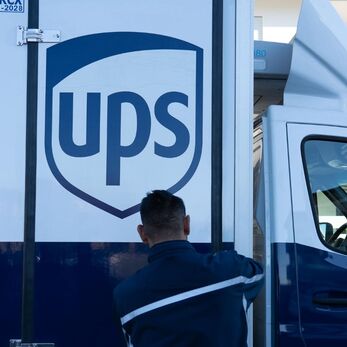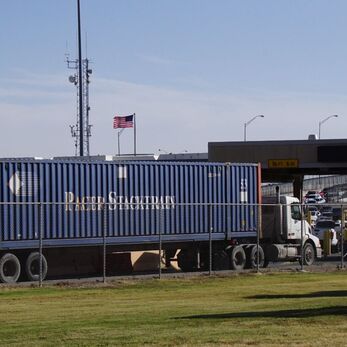With IntraLogisteX USA and the Supply Chain Excellence Awards USA coming to Miami, Florida this week, Logistics Manager has taken the opportunity to tour the Port of Miami (PortMiami) to find out more about the port and how it has been affected by recent events like the ILA strike and Hurricane Milton.
PortMiami is the 10th biggest cargo port in the US by TEU volume, and a key port for international shipping, especially for trade between the US and both South America and the Caribbean.
From a cargo perspective, it is comprised of three terminals. One is operated by ocean transportation company Seaboard Marine, and this terminal handles roughly 45% of the cargo volume at PortMiami. The other two terminals handle the remaining 55%; these are the South Florida Container Terminal (SFCT) and the Port of Miami Terminal Company (POMTOC).
Since the turn of the century, there has been a lot of investment in PortMiami to improve capacity, efficiency and sustainability.
One of the biggest changes made to the port was the Deep Dredge Project, completed in 2015. This dredging deepened its harbour to 52ft, allowing it to accommodate larger Post-Panamax vessels following the Panama Canal expansion.
The project aimed to enhance the port’s competitiveness and capacity for increased global trade. It allowed PortMiami to welcome the largest container to call at the port, CMA CGM Osiris. A Neo-Panamax container vessel, CMA CGM Osiris was built in 2021 and has a capacity of 15,536 TEU.
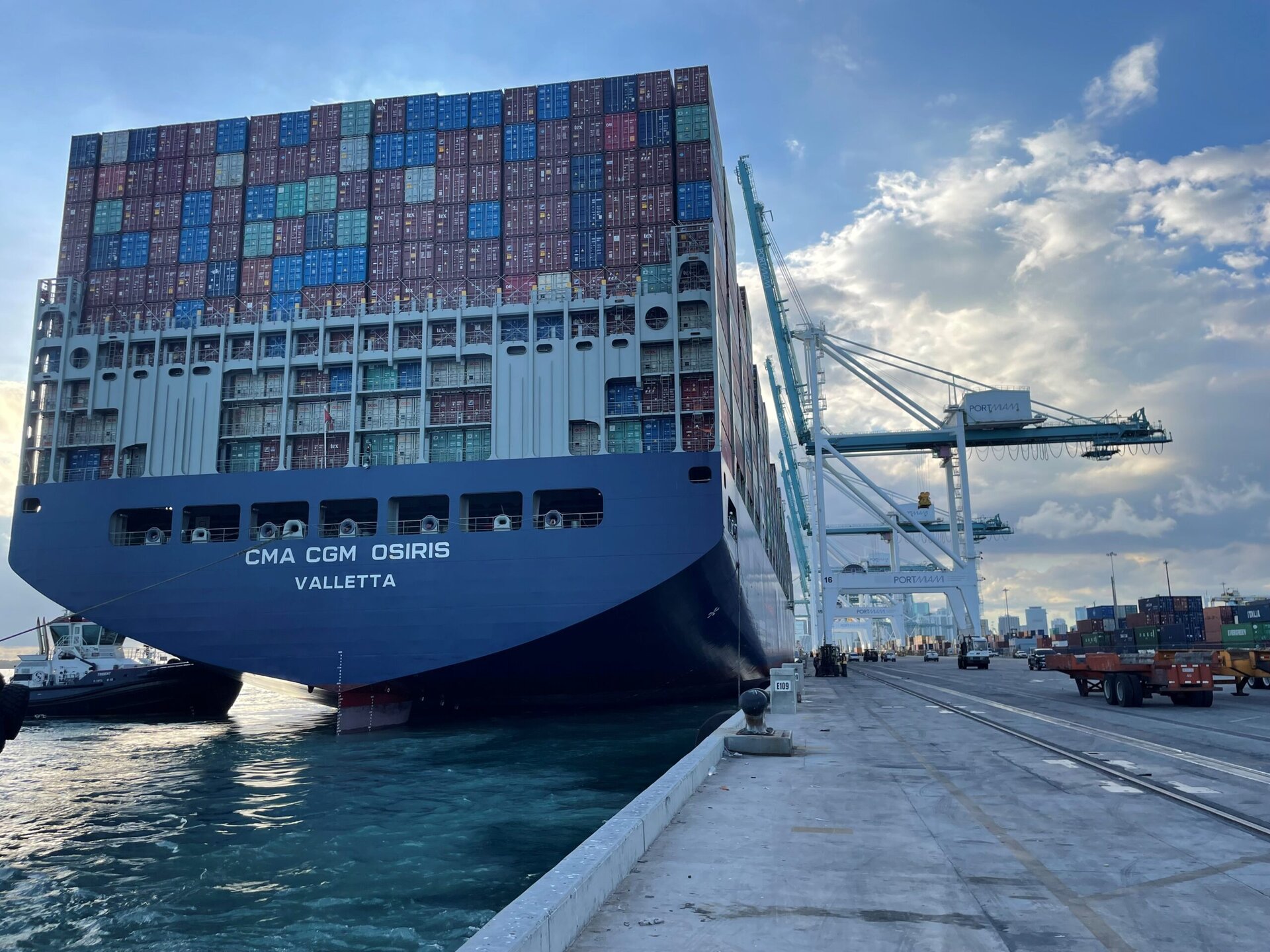 CMA CGM Osiris at PortMiami
CMA CGM Osiris at PortMiami
As Alfredo Pereira, media and public relations manager at PortMiami, notes, the Deep Dredge Project has meant that the port can handle “more cargo volume than ever before, with fewer ships – because of the size of the vessels”. He explained that while before, it would have taken roughly 1,100 vessels to reach the 1 million TEU mark, this milestone can now be hit with only 800 vessels.
Another notable investment around this time was the PortMiami Tunnel Project. Work began in 2012 on the construction of twin underwater tunnels that connect the port directly to the MacArthur Causeway and the I-395 highway. Before the tunnel, all truck and bus traffic had to pass through downtown Miami, causing congestion and delays.
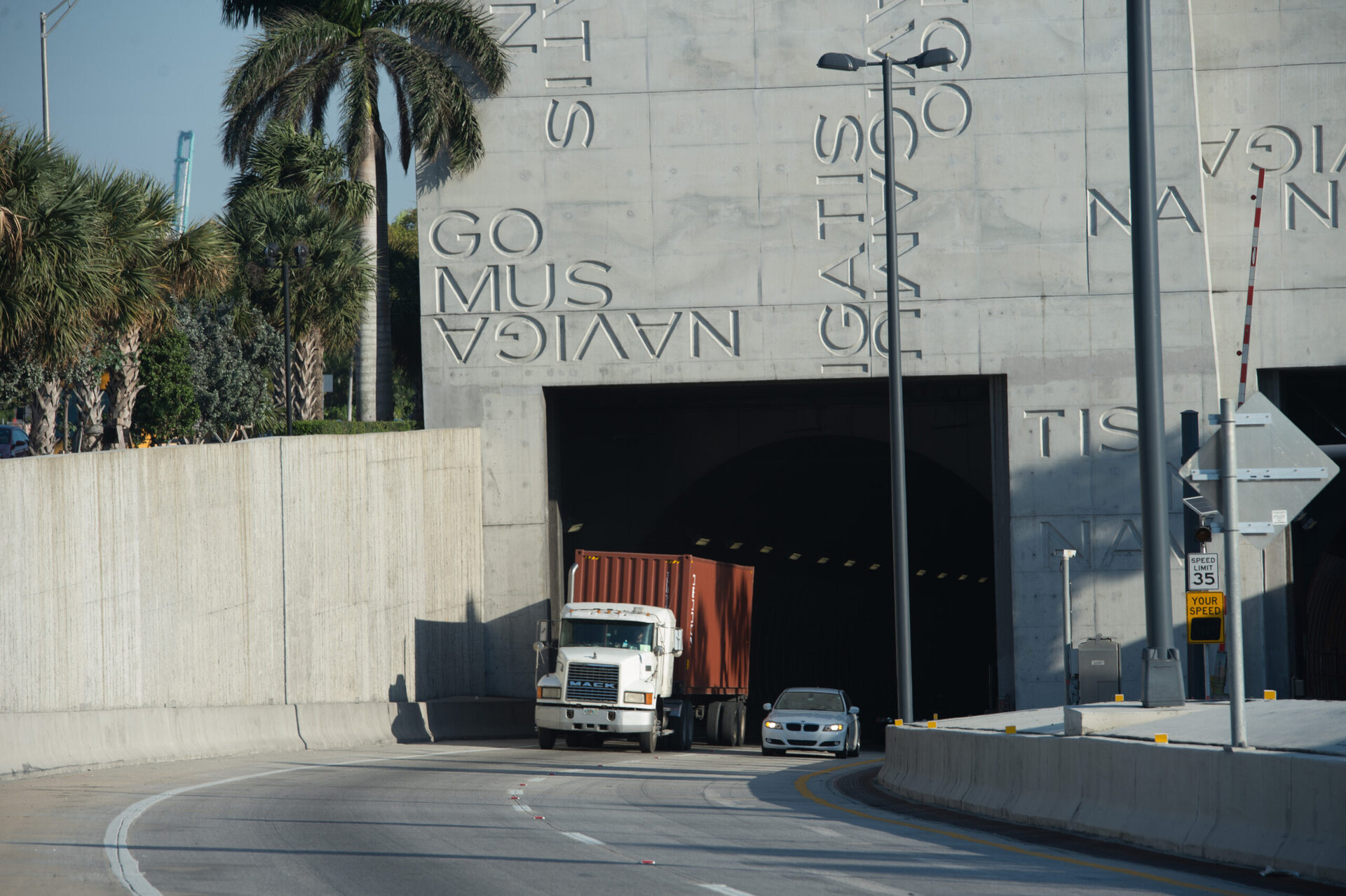 The PortMiami Tunnel
The PortMiami Tunnel
Completed in 2014, this was a significant infrastructure development aimed at improving traffic flow to and from PortMiami. Pereira said the difference in congestion has been notable, alleviating roughly 80% of the truck traffic that previously passed through downtown Miami.
Periera explained that aside from growth in capacity, PortMiami has been focused on “moving to being a more resilient and sustainable port”.
From 2011, PortMiami began the process of replacing all of its diesel ship-to-shore gantry cranes with electric ones. These quieter and more energy-efficient cranes helped the port to significantly reduce its carbon emissions. By 2014, all of PortMiami’s ship-to-shore gantry cranes were electric and have been ever since.
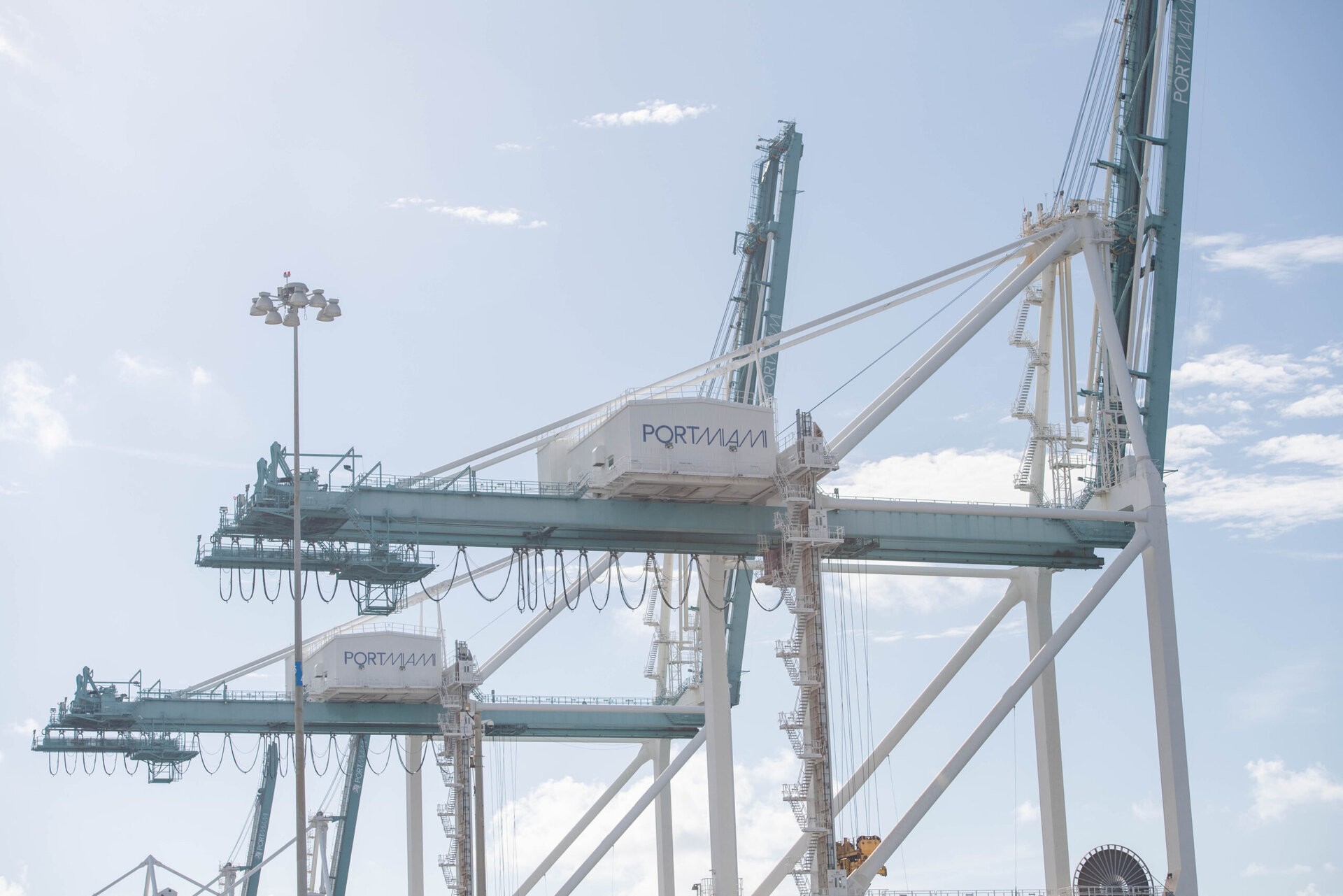 PortMiami’s electric ship-to-shore gantry cranes
PortMiami’s electric ship-to-shore gantry cranes
More recently, PortMiami has begun to replace diesel toploaders – heavy-duty vehicles used to lift and stack containers vertically, moving them between trucks, storage areas and ships – with electric rubber tyre gantry cranes (eRTGs). There are currently 18 eRTGs at the port; roughly half are in use while others are being commissioned.
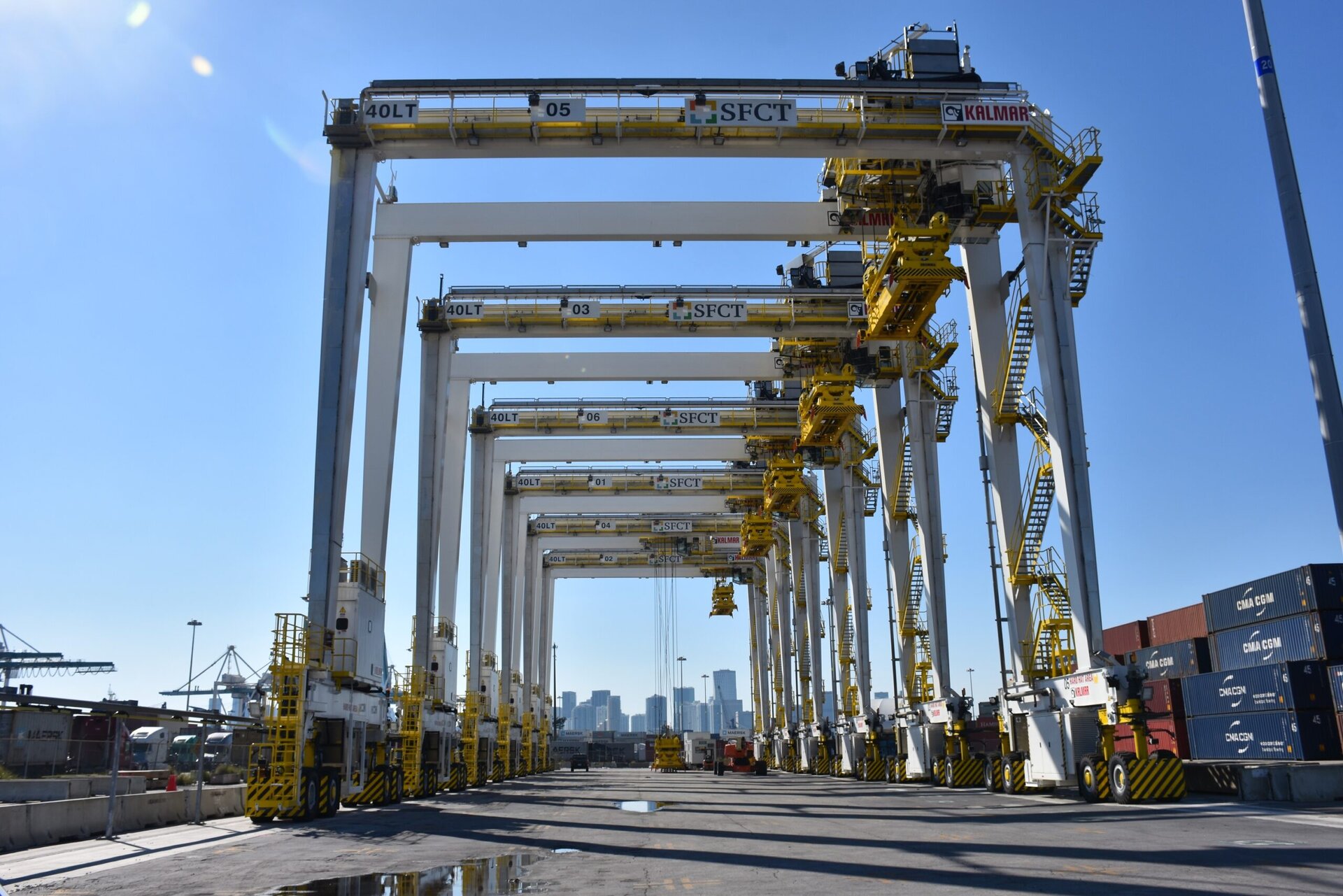 eRTGs at PortMiami
eRTGs at PortMiami
PortMiami owns the land upon which the port sits, as well as its cranes. This allows it to charge shipping companies for rent on terminals, for every container loaded on board a vessel, and for the use of cranes.
During the recent port workers strike organised by the International Longshoremen’s Association (ILA), just two of PortMiami’s three terminals were affected. Work stopped at the SFCT and POMTOC terminals, but because Florida is a right-to-work state – meaning that employees can choose to join or not join a labour union without it affecting their employment – temporary staff were brought in at the Seaboard Marine terminal to maintain operations.
The strike began on 1 October 2024 and ended on 3 October, when the ILA and the United States Maritime Alliance (USMX) announced that they “reached a tentative agreement on wages and have agreed to extend the Master Contract until 15 January 2025, to return to the bargaining table to negotiate all other outstanding issues”.
This, however, is not the only event to have threatened the operation of Florida’s ports in the past few weeks. The impact of Hurricane Milton – which wreaked havoc in Florida and led to the deaths of at least 24 people, according to reports – was felt by PortMiami, if only briefly.
While other parts as Florida such as Tampa were affected much more than Miami, PortMiami still felt the effect. Operations were never completely shut down, but the coastguard deemed that it was not safe for ships to come into the port for a period of around 36-48 hours.
Of course, PortMiami is not just a cargo port. It’s actually well-known for being the largest passenger port in the world. Similar to the cargo side of the business, PortMiami makes money by renting terminals to cruise lines and collecting a fee per passenger that boards a ship at the port.
PortMiami is capable of hosting the largest cruise ship in the world, known as Icon of the Seas. Operated by Royal Caribbean, the ship can accommodate up to 7,600 passengers and 2,350 crew members.
Although it might not be the first thing that comes to mind when thinking about sailing around the world on a cruise ship, logistics operations are an essential part of a successful cruise.
Pereira notes that each terminal has either a warehouse or space for provisioning. These are used to supply ships with everything including water, alcoholic beverages, food, cutlery and – in some cases – speciality goods such as sound equipment for a musical performance or party supplies.
Furthermore, these spaces are used in the removal of waste from the ship, where they can be loaded onto vehicles to go to a waste centre.
The ILA strike did not impact cruise ship operations at PortMiami.
If you want to hear the latest insights and see the latest innovations in the US supply chain sector, make sure to register for IntraLogisteX USA, taking place on 22-23 October 2024 at Miami Beach Convention Center. You won’t want to miss out!

